Living on a planet has a lot of advantages, like presence of strong gravity to keep us from flying off into space and an atmosphere to protect us from damaging solar radiation. But, what if an advanced alien civilization ran out of room to grow on their home planet? What, if they ran out of energy and resources to keep themselves going? Well, their best bet might be to build settlements in space floating over their own planet, so they could capture more of their host star’s energy. There’s a whole field of science that deals with how this might work, a very hypothetical idea and one of the most famous astro-engineering concepts known as a Dyson Sphere.
Dyson Sphere
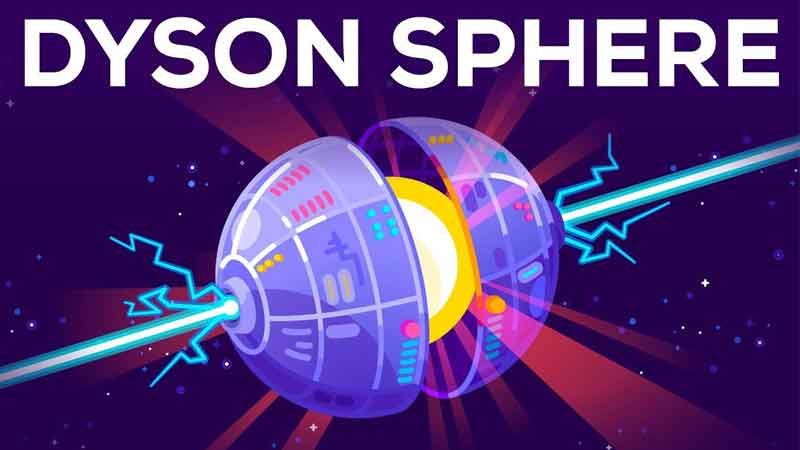
A single Dyson Sphere has as much living space as all of those planets combined. Dyson Spheres are giant constructs designed to take advantage of all the energy produced by a star. One peculiar aspect of Dyson Spheres is that they don’t make too many appearances in science fiction, especially film or TV, even though they are often considered a near-inevitable path that advanced civilizations would pursue.
Dyson Sphere is an object that captures more of the star’s light, and converts it into useful energy. Its named after Freeman Dyson, an astrophysicist who published a paper on this concept back in 1960. He pointed out that only a tiny amount of the sun’s light output hits Earth, since the rest is emitted in other directions. He proposed that other civilizations might have had to build a structure to harness more energy from their host star. It’s possible that they could now be using so much energy, that we’d be able to detect their waste heat, from here, on Earth. Since then, astro-engineers have developed this concept.
One of the more well-known possibilities, first appeared in the 1930’s science fiction novel – Star Maker, and has been featured in lots of stories since then: What if they had a huge spherical shell surrounding their star, like a cosmic egg? If their host-star was like Sun and they built it with a radius of one astronomical unit, or AU, which is the distance from the Earth to the Sun, then, every point in that sphere would get the same amount of radiation as here on the Earth. If they fixed up the surface of the shell with a nice atmosphere, and a comfortable habitat, it would also give a larger area to spread out into.
Read Further: Dyson Sphere – Wikipedia
The sphere of limitations
Of course, there are lots of obvious limitations though. The sphere, constantly being exposed to light, would be too hot for life, electronics, and maybe even the structure itself. They could try building a bigger one, so that the shell would be farther from the star and wouldn’t get as hot, but then they’d need even more stuff to build it. Either way, they’d have some gravity problems. Standing on the outside of the sphere, they would only feel the tiny pull of their host star and if they were on the inside of that shell, they’d feel the same pull and start floating toward their star. They could try to get the sphere spinning to simulate gravity, but it would take a lot of energy. They’d still get an Earth-like gravitational pull only near the equator.
On top of everything else, on the inside of the sphere, the gravitational attraction cancels out. So, it’d basically be free-floating around their star. Any minor nudge, like from an asteroid hit, would set the thing drifting and eventually, it would crash into the star.
Dyson Swarm
 To overcome the limitations, what if they built a swarm of smaller structures and spread them out around the star, instead of one huge, rigid, shell? That might be a little more doable. It’s the same concept as the Dyson Sphere, because they’re spreading out around the star to gather more of its energy. It’s just… not a sphere.
To overcome the limitations, what if they built a swarm of smaller structures and spread them out around the star, instead of one huge, rigid, shell? That might be a little more doable. It’s the same concept as the Dyson Sphere, because they’re spreading out around the star to gather more of its energy. It’s just… not a sphere.
For example, they could try using solar collectors, devices that capture the star’s energy balanced on solar sails, thin mirrors designed to be pushed around by the pressure of the star’s radiation. Then, they could stick them right where the inward pull of their star’s gravity would be just as strong as the out push of its radiation. They’d be like space power plants, transferring the extra energy they collected to smaller, more self-contained space habitats.
Read Further: How to Build a Dyson Swarm
Signs of Humanity
Humans are nowhere near being able to build a Dyson Sphere or anything like it. But, we are looking for signs that other civilizations might have. That’s why astronomers scan other galaxies for infrared spikes that seem like they shouldn’t be there. So, these huge astro-engineering projects might have to stay theoretical for now, but trying to figure out how they might work, gives us new ideas about how to look for other life that could be out there in the universe.


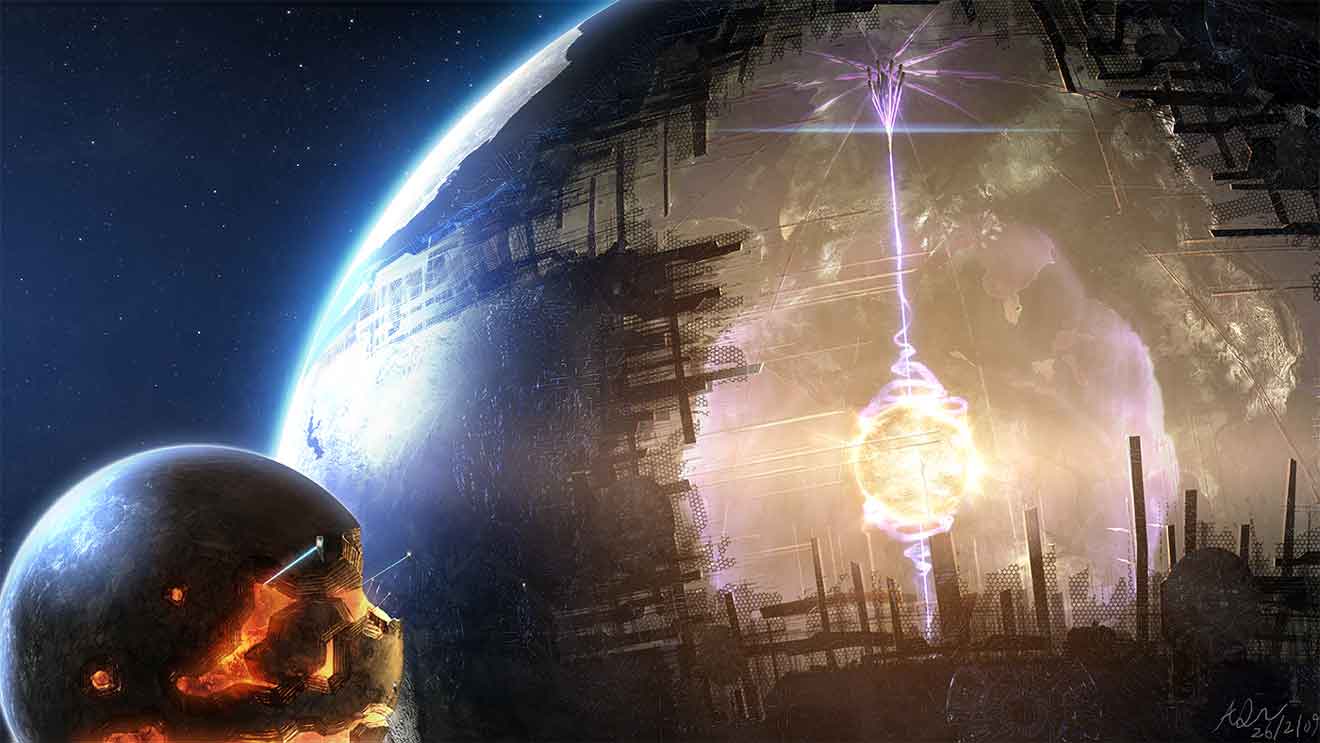
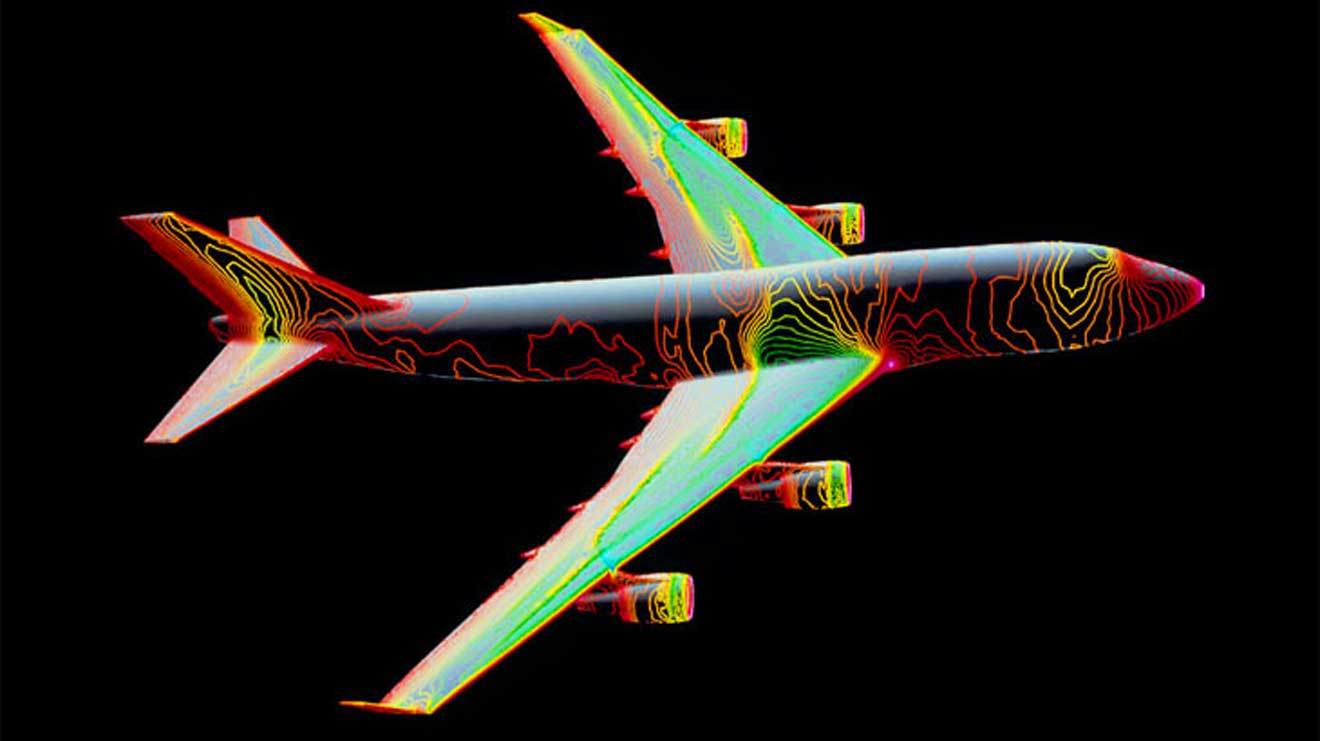

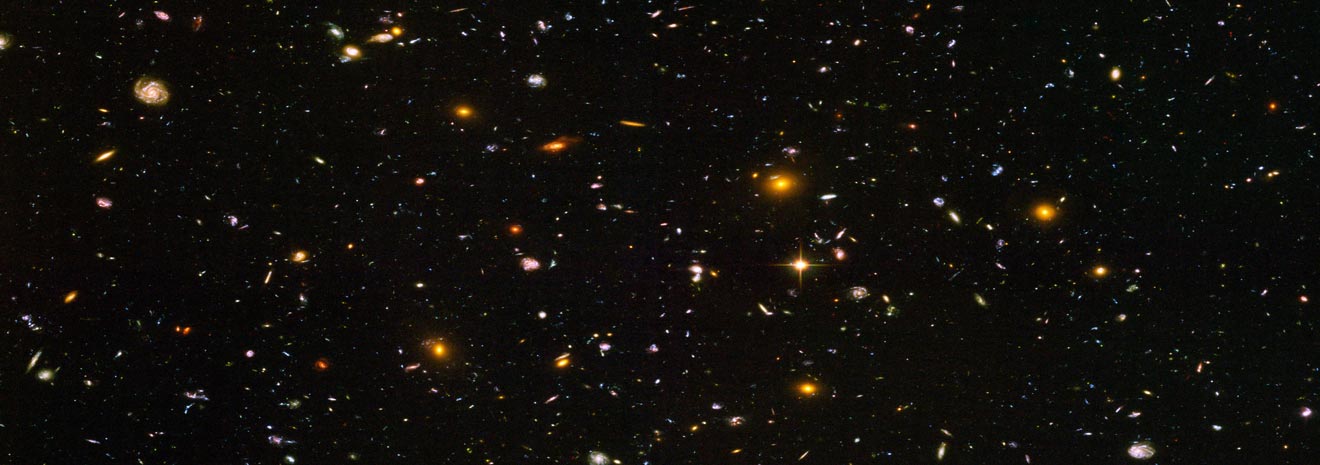
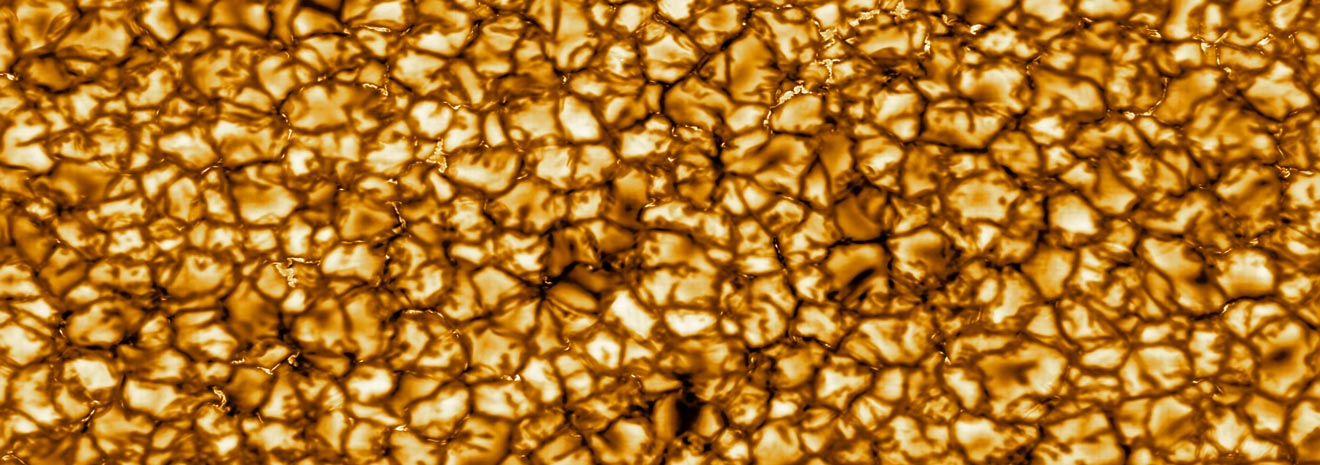
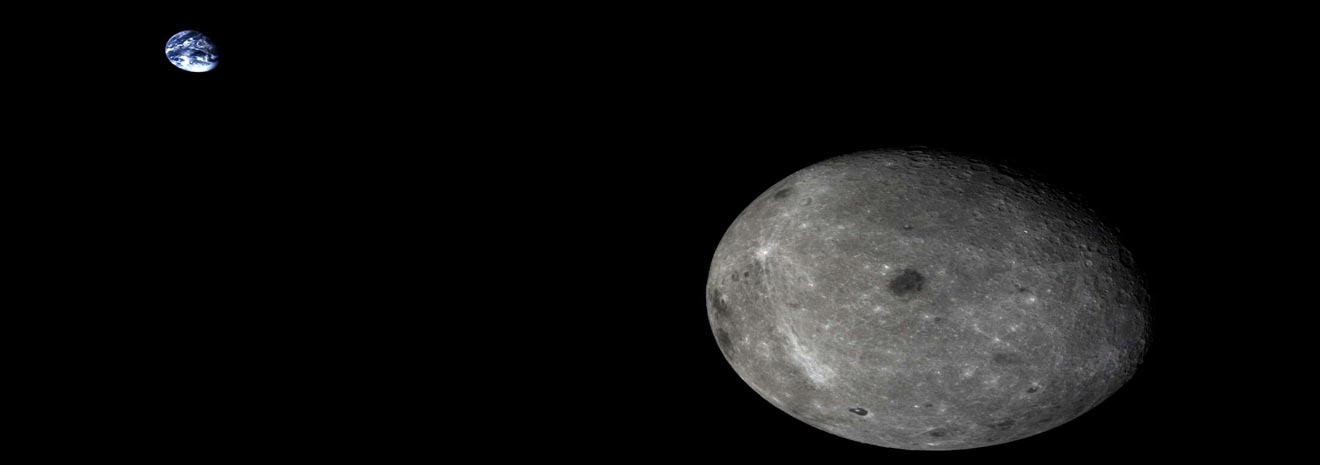
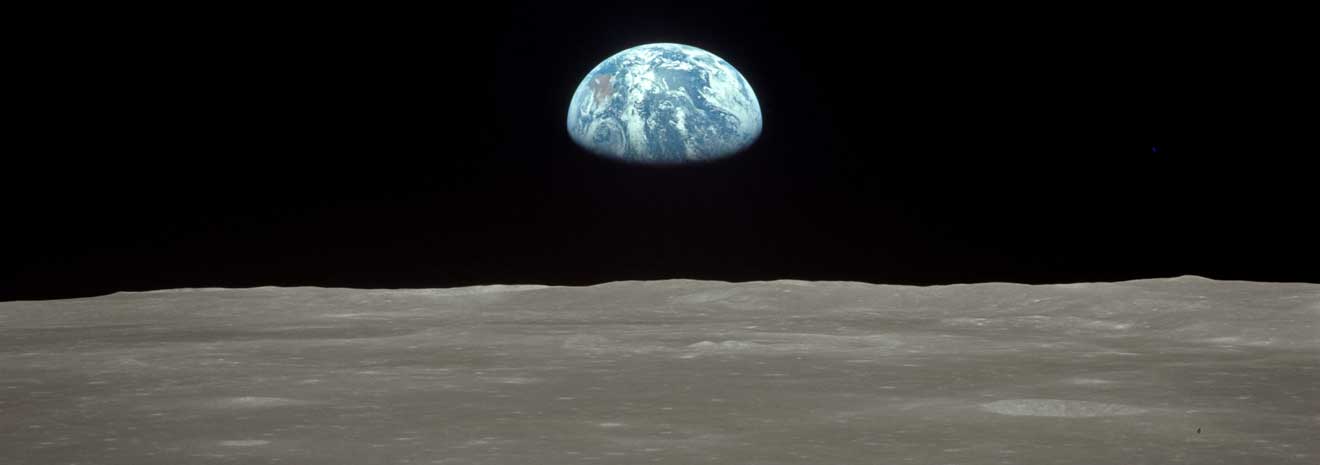



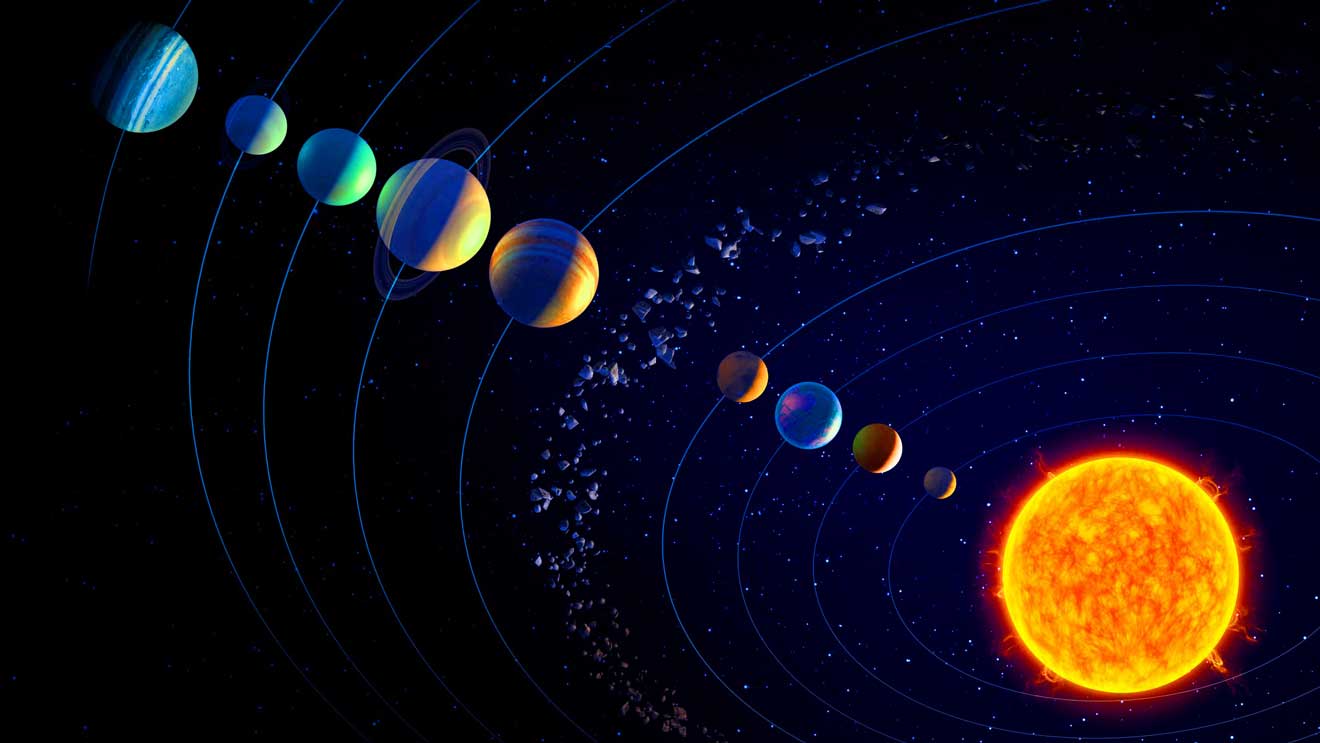
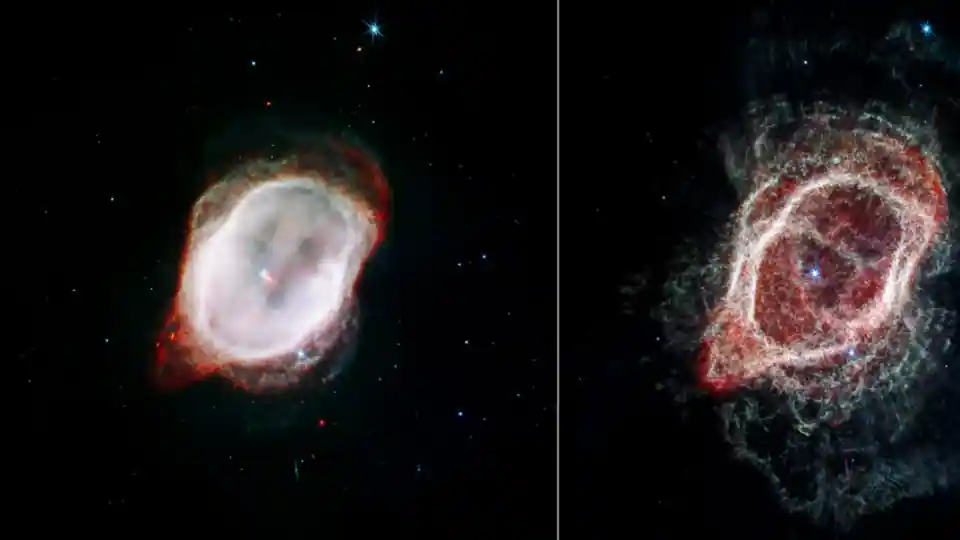





Add Comment